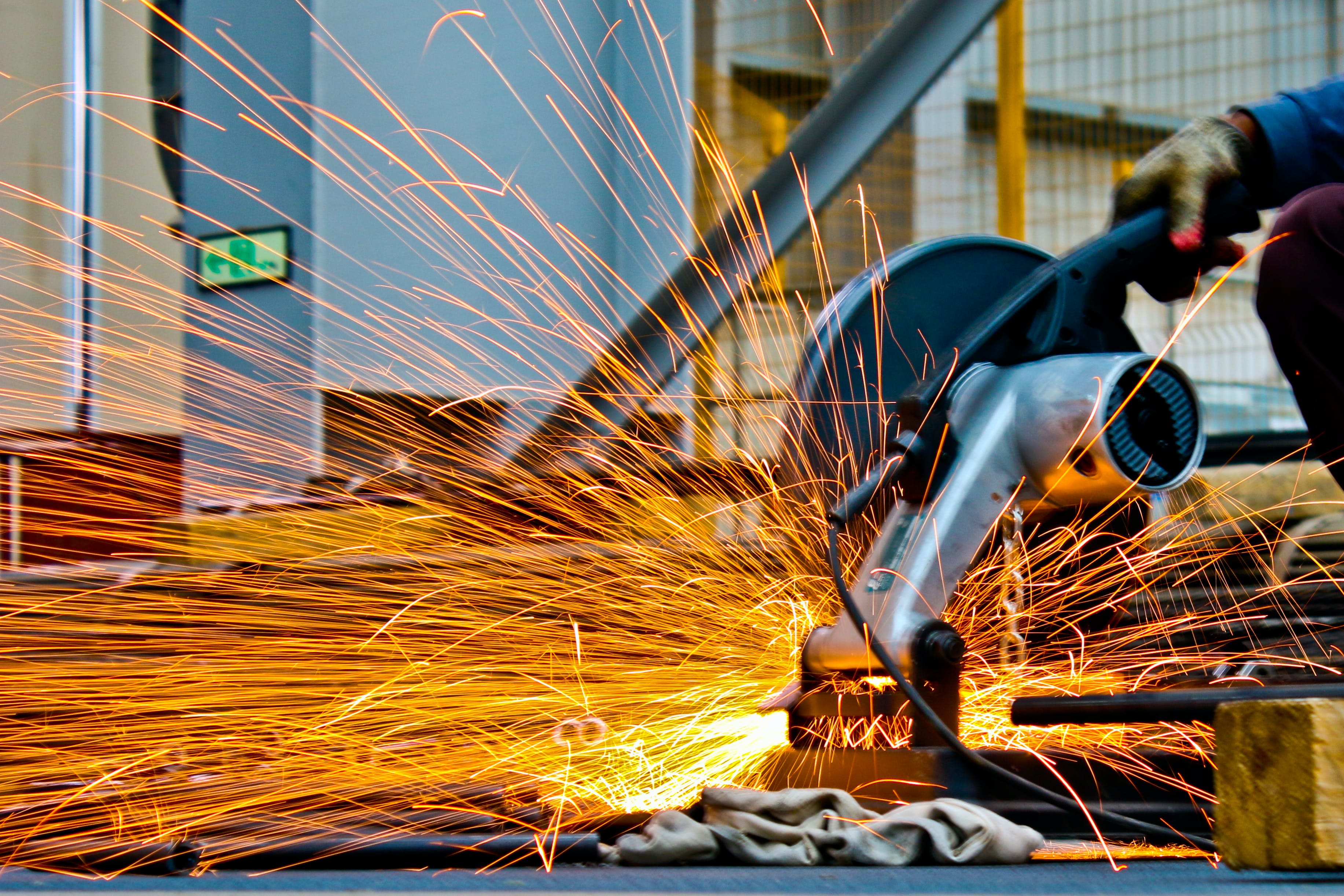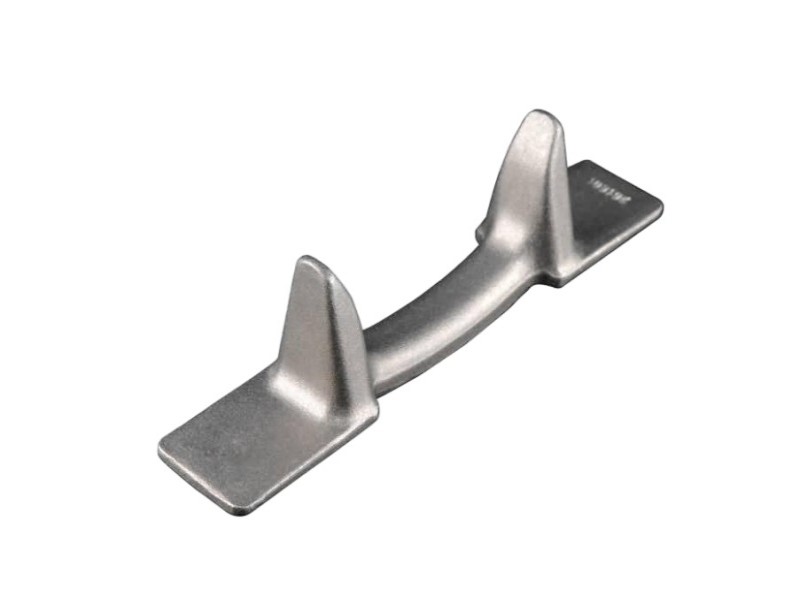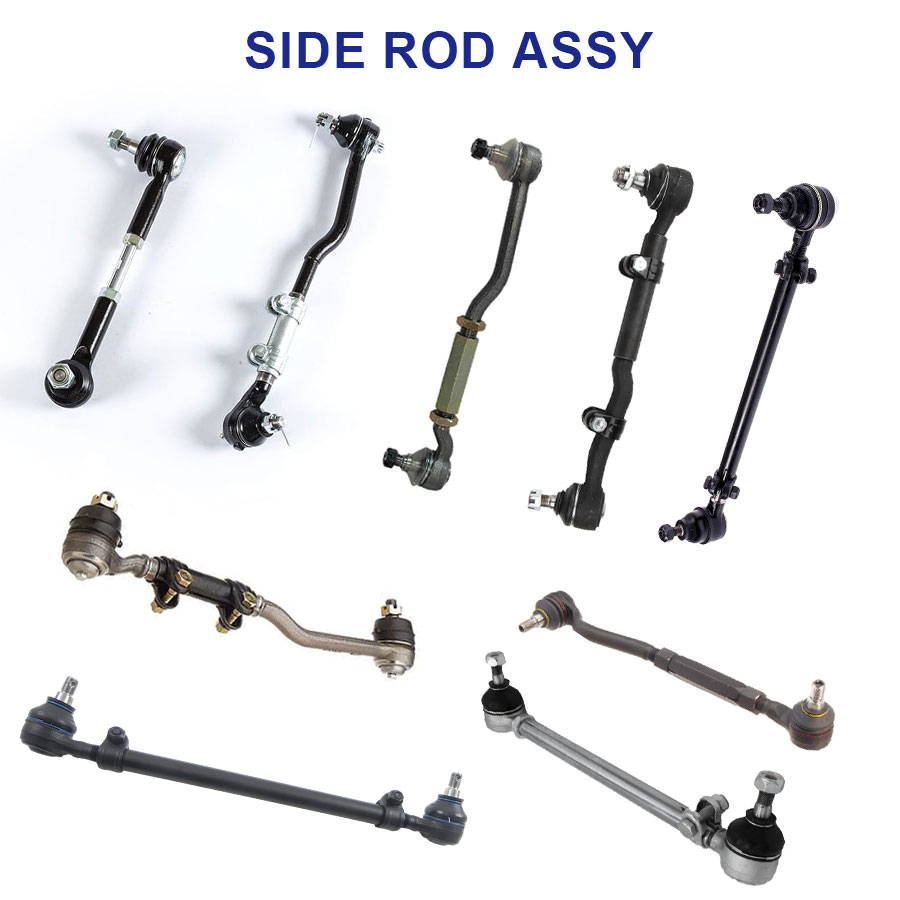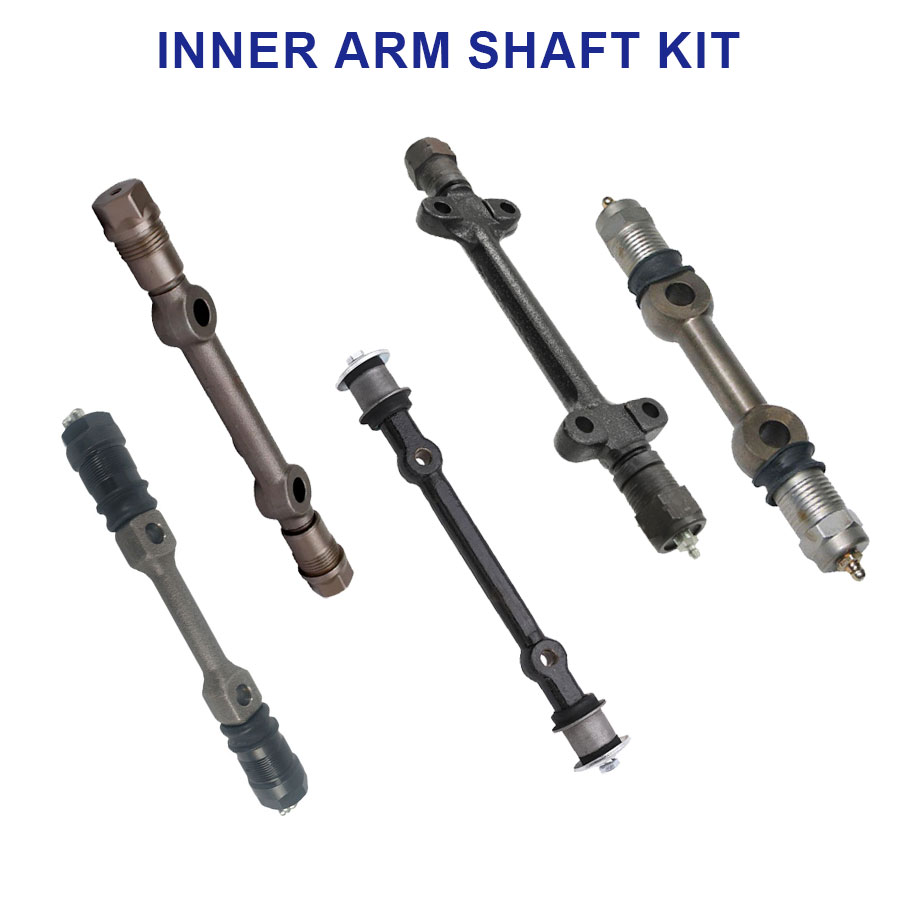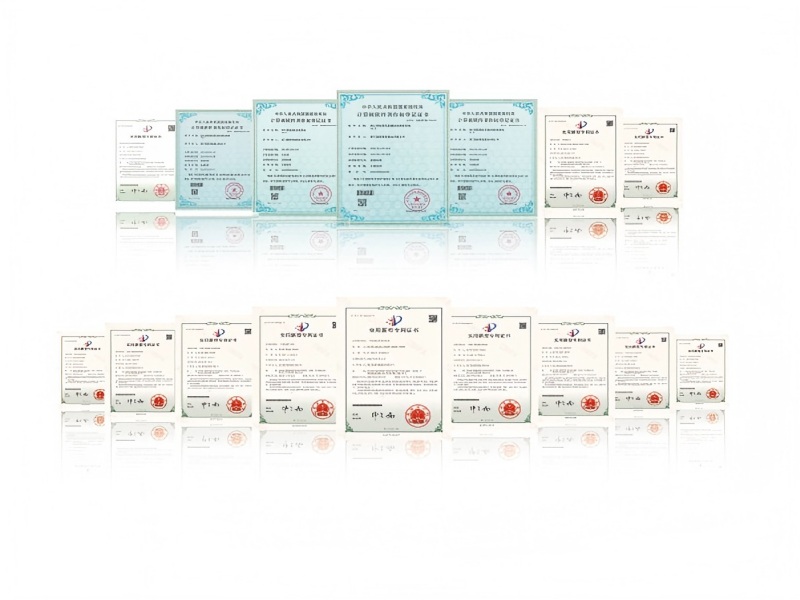Excavators are built for heavy-duty operations, but no matter how strong the machine is, certain components are exposed to constant friction, pressure, and impact. These are called wear parts, and they play a vital role in the machine’s performance. Replacing them at the right time is essential to avoid downtime and costly repairs.
Below is a detailed guide to common excavator wear parts and their typical replacement intervals.
1. Bucket Teeth
Bucket teeth face the toughest conditions because they make direct contact with soil, rocks, and abrasive materials.
-
Average lifespan: 200–500 hours
-
Factors that reduce lifespan: working in rocky terrain, improper digging angle, and lack of timely replacement.
-
Replacement tip: If bucket teeth look blunt or cracked, replace them immediately to maintain efficient digging and protect the bucket.
2. Cutting Edges
Mounted on the bucket, cutting edges protect the bucket body and improve digging efficiency.
-
Average lifespan: 400–800 hours
-
Factors that reduce lifespan: high-intensity digging, using worn teeth for too long, or operating on sharp stones.
-
Replacement tip: Worn edges increase fuel consumption and put more strain on the machine. Regular inspection helps extend bucket life.
3. Undercarriage Parts (Tracks, Rollers, Sprockets, Idlers)
The undercarriage supports the machine’s weight and is constantly exposed to dirt, mud, and rocks. It’s also one of the most expensive systems to maintain.
-
Average lifespan: 1,200–2,000 hours
-
Factors that reduce lifespan: working in abrasive terrain, improper track tension, or lack of cleaning after work.
-
Replacement tip: Clean the undercarriage daily and adjust track tension as recommended. Early replacement of worn parts prevents damage to the entire system.
4. Hydraulic Hoses and Seals
The hydraulic system is the “heart” of the excavator, and its components are under high pressure.
-
Average lifespan: 1–2 years depending on usage
-
Factors that reduce lifespan: extreme heat, contamination in hydraulic oil, and poor-quality replacement parts.
-
Replacement tip: Inspect monthly for leaks, cracks, or swelling. Even small leaks can lead to costly system failures.
5. Filters (Oil, Fuel, and Air Filters)
Filters keep the excavator clean from dust and impurities, protecting the engine and hydraulic system.
-
Average lifespan: 250–500 hours
-
Factors that reduce lifespan: working in dusty or sandy environments, poor fuel quality, or irregular servicing.
-
Replacement tip: Always replace filters on schedule. A clogged filter increases fuel consumption and reduces engine performance.
Why Timely Replacement Is Important
-
Prevents downtime – Replacing worn parts avoids sudden breakdowns that can delay projects.
-
Improves efficiency – Sharp teeth, clean filters, and healthy hydraulics make the machine more fuel-efficient.
-
Reduces repair costs – Small parts are cheaper to replace than repairing major components.
-
Extends service life – A well-maintained excavator can last thousands of hours longer.
-
Higher resale value – Buyers prefer machines with documented maintenance and timely replacement of wear parts.
Conclusion
There is no “one-size-fits-all” rule for replacing excavator wear parts because every jobsite is different. Harsh working environments and poor maintenance shorten lifespan, while regular inspections and genuine parts extend it.
As a general rule:
-
Inspect daily
-
Replace on schedule
-
Never ignore signs of wear
By doing so, you can ensure your excavator remains safe, efficient, and profitable for years to come.
